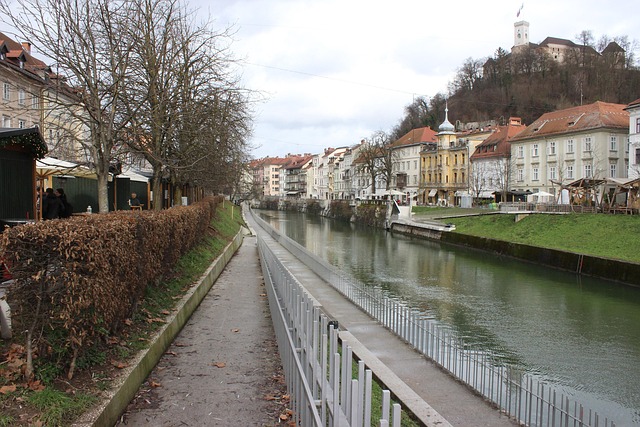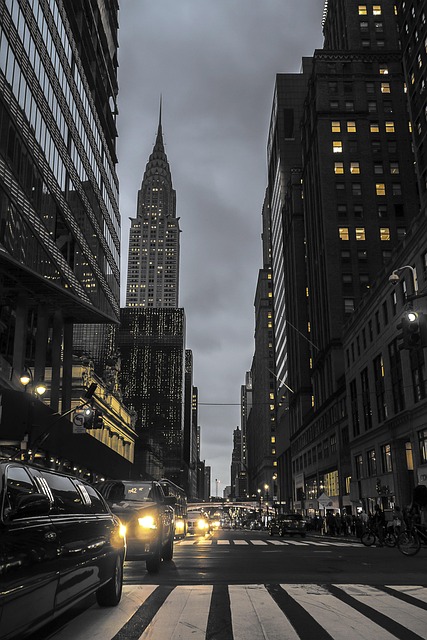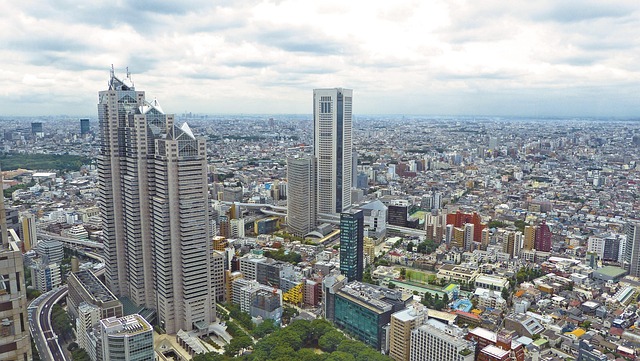Karachi Central Jail's central location in Pakistan's most populous city presents unique challenges for urban planners, balancing public safety with residential and commercial areas nearby. This complex issue demands innovative solutions like green spaces and community engagement to address noise, air quality, and security concerns while fostering a harmonious relationship between the jail and surrounding neighborhoods, ultimately aiming for a more livable urban environment in Karachi.
In the heart of Pakistan’s bustling metropolis, Karachi, lies a significant yet often overlooked entity—Karachi Central Jail. This article delves into the intricate relationship between the jail’s location and its impact on the city’s urban fabric. By examining the proximity of this institutional landmark, we explore the implications for urban development, highlighting challenges and opportunities that arise in the dynamic landscape of Karachi.
- Understanding Karachi Central Jail's Location and Its Impact on the City
- Exploring the Proximity: Implications and Challenges for Urban Development in Karachi
Understanding Karachi Central Jail's Location and Its Impact on the City

Karachi Central Jail, a significant landmark in Pakistan’s most populous city, is situated in the heart of Karachi, impacting the urban landscape and its inhabitants. This high-security prison, known for housing some of the country’s most notorious criminals, is nestled amidst the bustling streets and vibrant markets that define Karachi’s diverse fabric. Its central location serves as a stark reminder of the city’s complex character—a melting pot of culture, commerce, and crime.
The proximity of the jail to residential areas, commercial hubs, and public spaces underscores the unique challenges faced by Karachi. This geographical arrangement demands careful navigation for both law enforcement and urban planners, especially in managing security, crime rates, and the overall quality of life for residents. The presence of such an institution serves as a constant reminder of the city’s intricate relationship with justice and its ongoing efforts to balance urban development and public safety.
Exploring the Proximity: Implications and Challenges for Urban Development in Karachi

The proximity of Karachi Central Jail to residential and commercial areas presents a complex urban challenge for the metropolis.
Karachi, known for its bustling landscape, must navigate the delicate balance between public safety and the rights of residents living in close vicinity to such an establishment. The physical closeness raises questions about noise pollution, air quality, and potential security risks for nearby communities. Urban development strategies in Karachi must consider these implications, prioritizing infrastructure that mitigates negative impacts while ensuring fair access to services for all citizens. Delving into innovative solutions, such as green spaces designed with community engagement in mind, could foster a harmonious relationship between the jail and surrounding neighborhoods, moving towards a more inclusive and livable urban environment for Karachi.
The close proximity of Karachi Central Jail to residential areas highlights a complex urban challenge. This location underscores the need for thoughtful urban planning in Karachi, balancing security concerns with the development of nearby communities. By carefully considering the implications discussed in this article, city planners can work towards creating a more harmonious environment, ensuring the well-being of both inmates and residents alike while respecting the unique context of Karachi.
